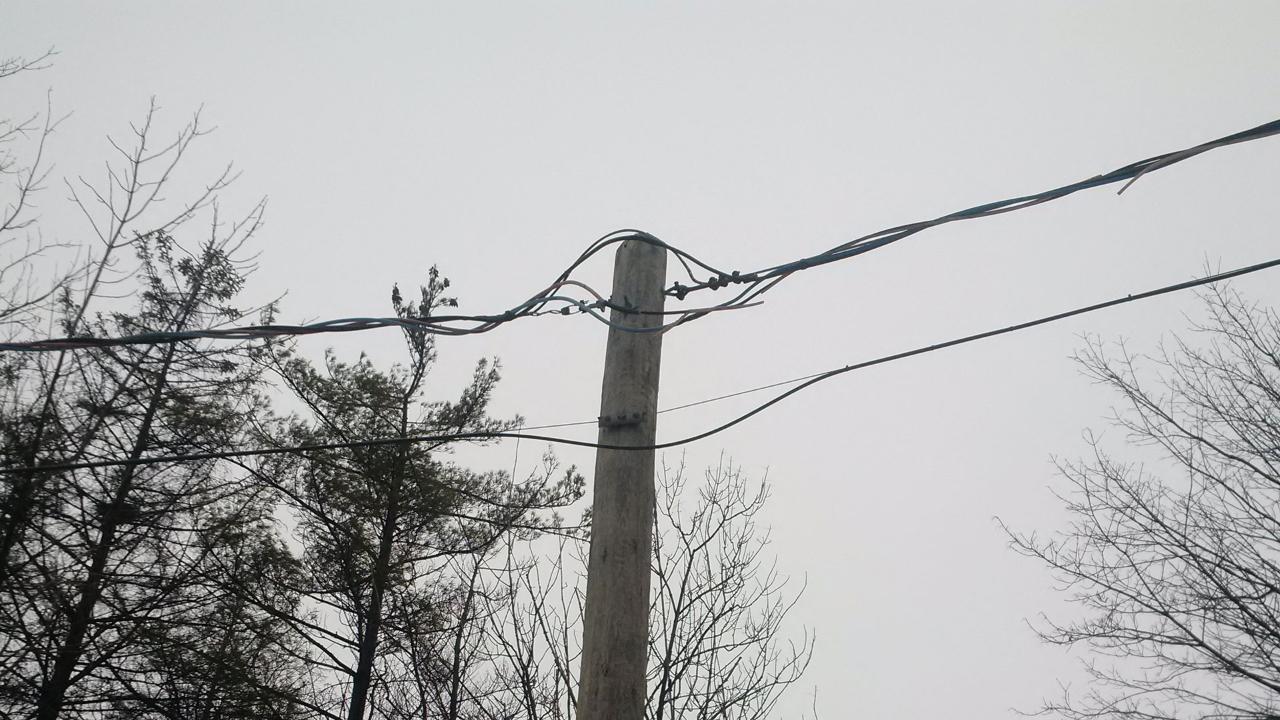In the modern industrial landscape, the need for reliable, high-speed communication is paramount. As industries evolve with the digital era, the demand for efficient data transmission has skyrocketed. Aerial fiber optic cable emerges as a game-changer in this scenario, offering a suite of benefits tailored to meet the rigorous demands of industrial networks.
The Rise of Aerial Fiber Optic Cable in Industrial Settings
Traditionally, industries relied on copper cables for data transmission. However, the advent of fiber optic technology marked a significant shift. Aerial fiber optic cables, unlike their underground counterparts, are installed above ground, suspended between poles or towers. This positioning offers unique advantages particularly suited to industrial environments.
Enhanced Speed and Bandwidth
At the heart of aerial fiber optic cables is their ability to transmit data at incredibly high speeds. Unlike copper cables, which are limited by electrical transmission, fiber optic cables use light, allowing for faster data transfer rates. This translates to higher bandwidth capabilities, ensuring that industrial networks can handle large volumes of data with ease, an essential feature for operations that depend on real-time data processing.
Durability and Reliability
Industries operate in environments where durability is key. Aerial fiber optic cables are designed to withstand harsh weather conditions and environmental factors. Their resistance to electromagnetic interference, a common issue in industrial areas, ensures a consistent and reliable connection, crucial for maintaining uninterrupted operations.
Cost-Effectiveness
While the initial investment in aerial fiber optic cable might be higher than traditional cabling, the long-term savings are significant. These cables require less maintenance, have a longer lifespan, and due to their higher bandwidth, reduce the need for multiple cable installations. This cost-efficiency is a major draw for industries looking to optimize their operations financially.
Easier Installation and Maintenance
The installation of aerial fiber optic cables is relatively straightforward, especially when compared to the labor-intensive process of laying underground cables. This ease of installation translates to reduced downtime and minimal disruption to industrial operations. Additionally, maintenance and troubleshooting are more accessible with aerial cables, as they are easily reachable compared to their buried counterparts.
Scalability and Flexibility
In an ever-evolving industrial sector, scalability is key. Aerial fiber optic cables offer the flexibility to expand and upgrade network capabilities as needed. This scalability ensures that industrial networks can adapt to future technological advancements and increasing data demands.
Challenges and Considerations
Despite their advantages, aerial fiber optic cables come with their set of challenges. They are susceptible to physical damage from environmental factors like storms or falling trees. Furthermore, their installation requires careful planning to avoid interference with existing infrastructure.
Conclusion
Aerial fiber optic cables stand as a robust solution for modern industrial networks, offering speed, reliability, and cost-effectiveness. As industries continue to advance in the digital age, the adoption of aerial fiber optic technology will play a critical role in ensuring efficient and uninterrupted operations. With their ability to meet the high demands of industrial environments, these cables are not just a choice but a necessity for future-proofing industrial communications networks.
